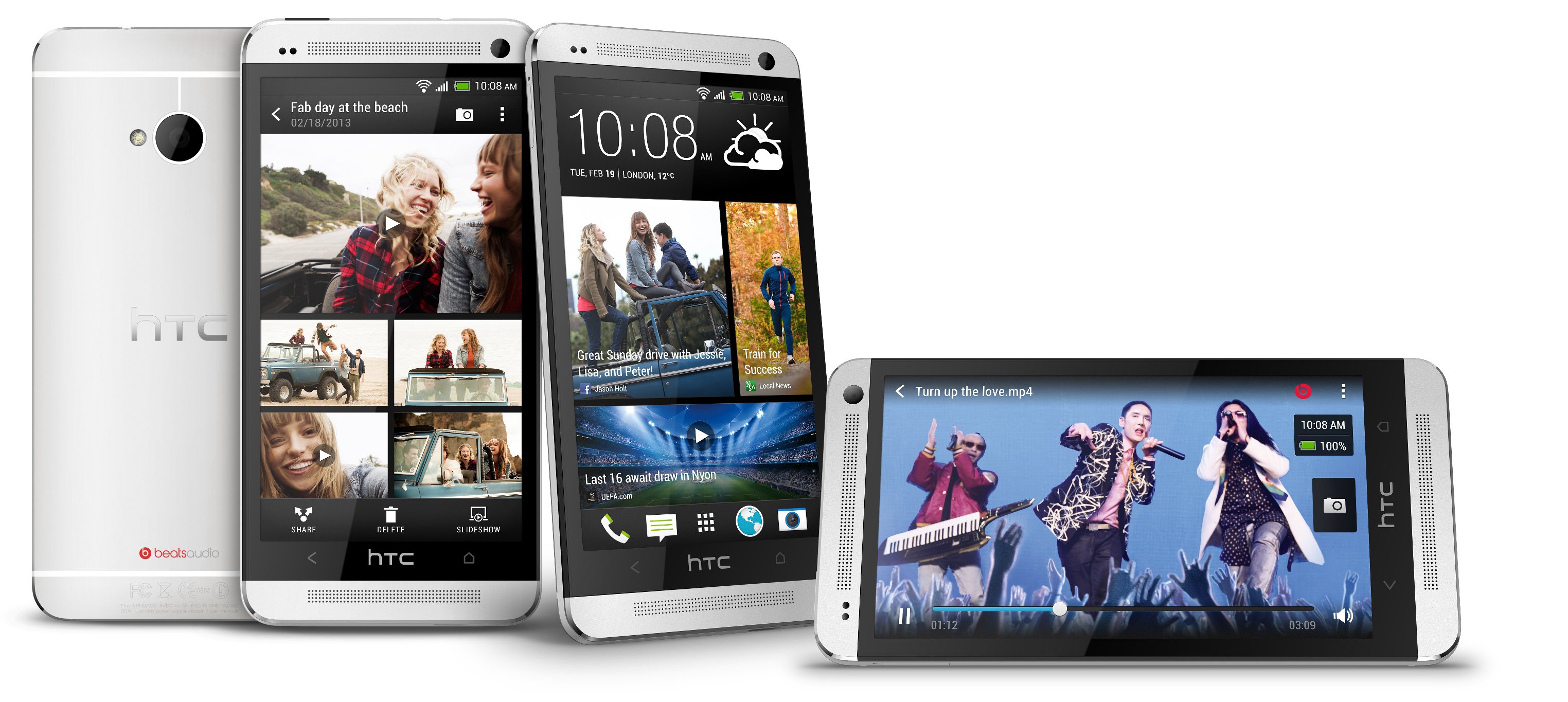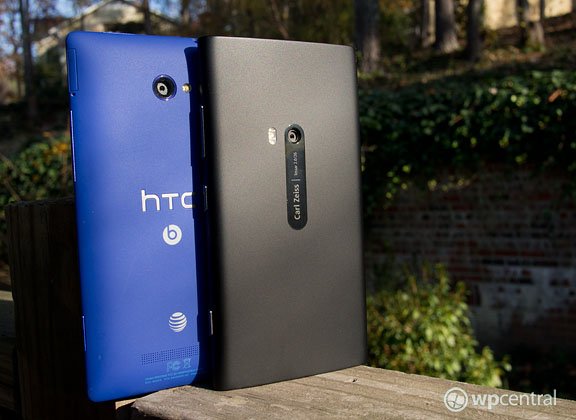HTC One's Camera - How do UltraPixels stack up against the latest Windows Phone?

HTC unveiled it's latest Android device, the HTC One, today with a lot of the hype centered around the device's camera. HTC billed the camera as being a new experience for smartphones, likely in response to the attention Nokia has received from the innovative Pureview camera on the Lumia 920 Windows Phone.
How do the specs shake out? It may surprise many but the HTC One is fitted with a 4MP camera that has a dedicated next gen image chip and f/2.0 lens. Yes... "just" 4 megapixels.
But wait, there's more!

So you're now saying, "How can a 4MP sensor match the 8.7MP sensor of the Lumia 920 or the 8MP of the HTC 8X?".
The smaller megapixel count may be able to hold its own because it uses larger pixels. The One's sensor uses larger 2 micron pixels compared to the Lumia 920's 1.4 micron pixels. HTC has labeled this as 'UltraPixels' and it is capable of capturing 313% more light than smaller pixeled sensors. We aren't sure about the 313% figure but larger pixels should grab more light and have less noise at higher ISO levels.
Other features on the HTC One includes:
- BSI Sensor for low light performance
- Optical Image Stabilization (OIS) akin to the Lumia 920
- Dedicated HTC Image Chip 2
- Smart Flash - 5 levels of flash automatically set by distance to subject
- Front camera with 88 degree wide angle lens, HDR capability
- Continuous autofocus greater than 200ms
- Realtime video HDR at 60fps~84db
- 1080p video at 30fps
- Still burst at 4-5 frames per second
- Slow motion video recording and variable speed playback
- Buffered capture cycle
- De-noise (noise reduction) processing
- Preshutter record.
We're guessing the preshutter record is along the lines of the Blink app on Nokia Windows Phones that captures images before you press the shutter to avoid missing that shot.
Get the Windows Central Newsletter
All the latest news, reviews, and guides for Windows and Xbox diehards.

So how does the HTC One stack up against the Lumia 920 or even the 8x?
Both the 8X and Lumia 920 have the 8MP sensors and f2.0 lenses. Like the HTC One, the 8X and Lumia 920 have a BSI sensor and it will interesting to see if the larger "UltraPixels" of the One can outperform both of them..
In addition, HTC has announce the HTC Zoe, which sounds a lot like Nokia's Cinemagraph:
"HTC Zoe gives people the ability to shoot high-res photos that come to life in three-second snippets. These Zoes, photos and videos are then displayed in a unique way that brings the gallery to life and transforms the traditional photo gallery of still images into a motion gallery of memories. It also automatically creates integrated highlight films from each event comprised of Zoes, photos and videos set to music with professionally designed cuts, transitions and effects. These highlight videos can be remixed or set to different themes, and can be easily shared on social networks, email and other services. "
While the technology is interesting on the HTC One, it's hard to look past the 4MP resolution. The HTC One does support 16:9 aspect ration at 2688x1520. The 8X churns out 16:9 images at 3264x1836 and the Lumia 920 offers the 16:9 images at 3552x2000. While I've had experiences with lower resolution cameras shining, it's going to be interesting to see if the One's 4MP can stack up against the 8MP sensors.
When all is said and done, the proof will be in the pudding for the HTC One's camera. The specs on paper look interesting and maybe, just maybe, HTC found a way to put a small resolution, larger pixel sensor into play that can hold it's own. Not going to hold my breath but it'll be interesting to see how the One's camera shakes out.
One thing is for sure, we can bet HTC will eventually port over this technology to Windows Phone. But will it be before or after Nokia has their shot?
You can follow all the news on the HTC One over at AndroidCentral and maybe we can get our hands on an HTC One and do a head to head comparison with these cameras.
George is the Reviews Editor at Windows Central, concentrating on Windows 10 PC and Mobile apps. He's been a supporter of the platform since the days of Windows CE and uses his current Windows 10 Mobile phone daily to keep up with life and enjoy a game during down time.

